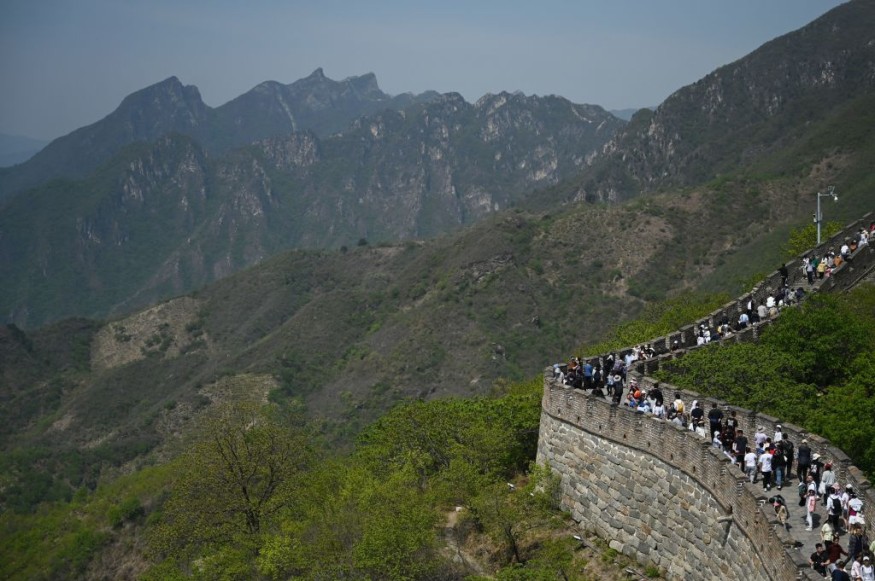A study said that biocrusts have since helped in protecting the Great Wall of China from erosion.
The Great Wall of China, one of the most emblematic and historical structures built by humankind throughout all of history, is suffering from rain and wind erosion and is largely colonized by biocrusts
However, how biocrusts influence the conservation and longevity of this structure is virtually unknown.

Extensive Biocrust
In the study, experts conducted an extensive biocrust survey across the Great Wall and found that biocrusts cover 67% of the studied sections. They noted that biocrusts enhance the mechanical stability and reduce the erodibility of the Great Wall.
Compared with bare rammed earth, the biocrust-covered sections exhibited reduced porosity, water-holding capacity, erodibility, and salinity by 2 to 48%, while increasing compressive strength, penetration resistance, shear strength, and aggregate stability by 37 to 321%.
Scientists further found out that the protective function of biocrusts mainly depended on biocrust features, climatic conditions, and structure types.
Their work highlighted the fundamental importance of biocrusts as a nature-based intervention to the conservation of the Great Wall, protecting this monumental heritage from erosion.
The Great Wall of China stretches an astonishing 8851.8 km across mostly dryland environments and is recognized as a world heritage site due to its unparalleled construction duration and geographical span.
Enduring for over five centuries, the Great Wall serves as an irreplaceable manifestation of the Chinese nation and an invaluable treasure of human civilization.
The Great Wall in many locations and time periods was built with rammed earth, which was one of the most common materials used to build large structures in the ancient world, encompassing natural raw materials such as soil and gravel and was used to build walls and foundations.
At present, these types of structures constitute approximately 10% of the World Heritage List, most of which are found in dry climate regions of Central Eurasia.
As an emblematic rammed earth structure, the Great Wall is highly vulnerable to wind erosion, rainfall scouring, salinization, and freeze-thaw cycles, leading to severe issues such as cracking, disintegration, and even eventual collapse.
Considering the impacts of global climate change, the Great Wall is at risk of severe deterioration, which may jeopardize the long-term durability of its rammed earth structure.
As of now, only 5.8% of its total length remains well preserved, while 52.4% has either vanished or become severely deteriorated.
Conservation Strategies
Due to the present condition, conservation strategies must be implemented as a matter of urgency.
The study pointed out that implementing more effective and sustainable strategies to mitigate the deterioration is critical for conserving this invaluable cultural heritage for future generations.
This knowledge is critical to understand how living covers influence the long-term conservation of one of the most important human monuments ever made.
According to the morphological classification and definition of the biocrust type, the biocrusts should be classified as pinnacled crusts, which occur in mid-latitude cool deserts with arid and semiarid climates and are dominated by cyanobacteria.
Regarding morphology, these biocrusts were characterized by pinnacled mounds with mosses colonizing on their tips during the succession, which can eventually support over 40% moss cover.
Related Article : China's Great Green Wall is Holding the Desert Back
© 2025 NatureWorldNews.com All rights reserved. Do not reproduce without permission.





